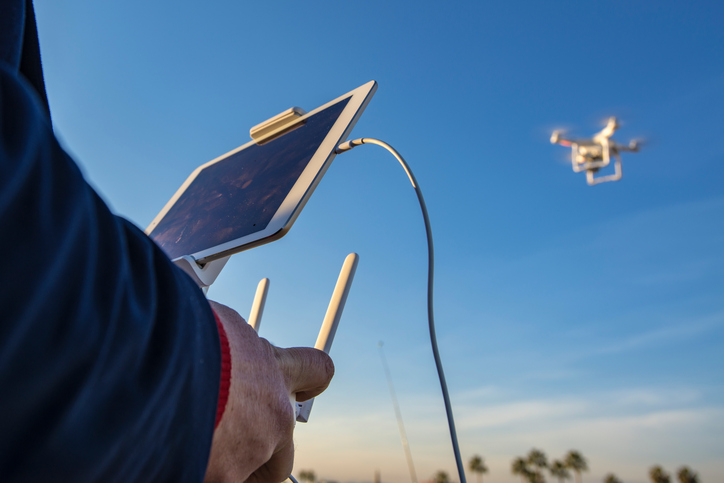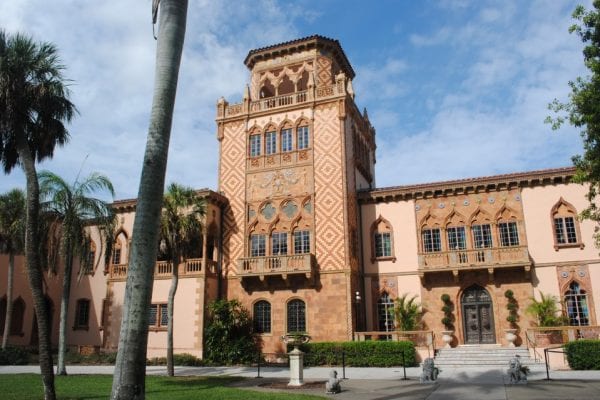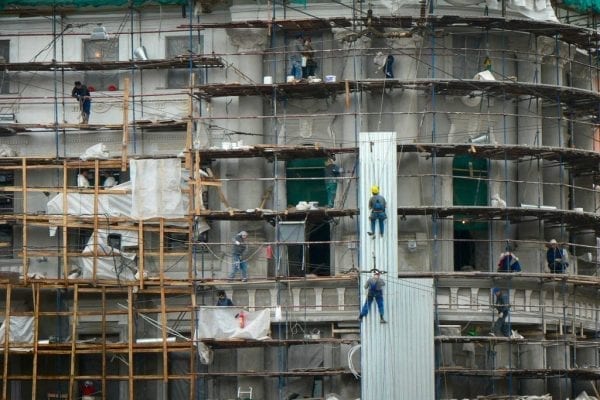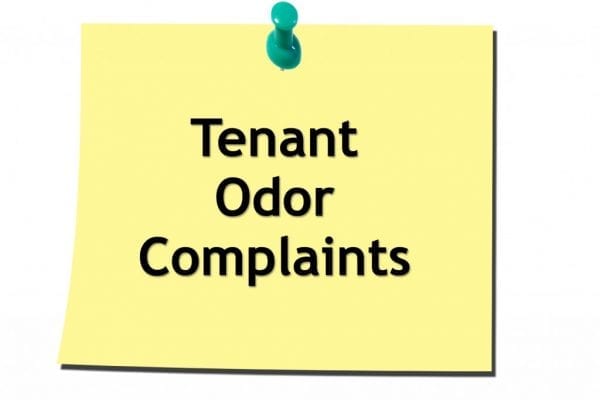Hurricane Harvey flood waters have largely receded from Houston, and Hurricane Irma has long since passed through Florida, both leaving massive water damage in their wakes. Many people continue to be homeless or displaced, and many businesses are unable to operate. Hundreds of residential and commercial buildings remain unusable due to water damage.
Our teams are on the ground now working with catastrophe response and hurricane recovery teams to assess the damage and develop remediation plans in both states. The damage is extensive and recovery will be a multi-year process, especially in Houston. However, three technologies are proving invaluable during the hurricane recovery process, allowing buildings to be assessed and remediated quickly:
- Infrared cameras
- Drones
- Moisture mapping
Infrared Cameras Make the Work of Locating Moisture Damage Faster and More Accurate
When GLE began its environmental engineering work 30 years ago, moisture meters and visual inspections were the primary tools for identifying moisture damage. Both approaches have their limitations. Evidence of moisture isn’t always apparent, and moisture meters are time-consuming to use, as they have to be in contact with the surface in order to register moisture.
Infrared cameras changed the dynamic. Infrared cameras allow the operator to scan areas very quickly and take photos or video of a potentially affected area. The resulting images show hotter and cooler areas in different colors. Areas that are wet will usually be cooler than surrounding areas.
A skilled infrared operator can walk through a building and very quickly identify areas of likely water damage by the patterns of heat and cool. These areas can then be checked with moisture meters to confirm the evidence.
Drones Speed the Process Even More
Recently, drones have changed the game again, this time for hurricane recovery efforts. Mounted with an infrared camera, a drone can be used to survey parts of a building that were formerly inaccessible or dangerous to access, such as rooftops and exteriors of tall buildings. A skilled drone operator can quickly survey the exterior of an entire building in a fraction of the time, and deliver the results to an infrared technician to identify areas of likely water intrusion.
Moisture Mapping Makes Large-Scale Assessments Faster and Better
When it comes to water damage, nothing is more important than a swift response. Mold sets in after 72 hours, and then you have a much bigger problem. On top of that, when you have rooms to fill or employees to put back to work, every day that you’re not using your building is a day you’re losing money.
At GLE, we pioneered a cloud-based application that allows us to speed up the assessment process on large properties, and to get information and plans into the hands of remediation contractors faster than ever.
We take our client’s as-built drawings and import them into our proprietary software. Then we arm our assessors with handheld devices that allow them to access and markup the drawings. Our assessors survey the building with infrared cameras, moisture meters, and, where applicable, drones, and note areas of moisture damage on the drawings.
This information is immediately available in the form of moisture maps to the professionals who develop the remediation plan, and then to the contractors responsible for executing it. Among other benefits, the software allows contractors to get in and begin work on a room-by-room basis as plans are developed for each area.
This means our clients can begin filling rooms and offices again, and get their business tenants back in operation. As we continue to assist in recovery efforts, we’ll update you on results and share stories. Stay tuned.






